Filmmakers document Fukushima six years after nuclear disaster
DOCUMENTARY makers entered the no-go zone to capture eerie images of the abandoned city of Fukushima, six years after its nuclear plant melted down.
EERIE footage of the abandoned city of Fukushima has emerged six years after its nuclear plant endured three meltdowns and hundreds of thousands fled for their lives.
European documentary makers Bob Thissen and Sempels Frederik visited the devastated Japanese city that was showered with radiation after a tsunami hit the Fukushima Daiichi Nuclear Power Plant on March 11, 2011.
The pair, who own the filmmaking company Exploring the Unbeaten Path, travelled to Fukushima to document the aftermath of the disaster in a series of short movies.
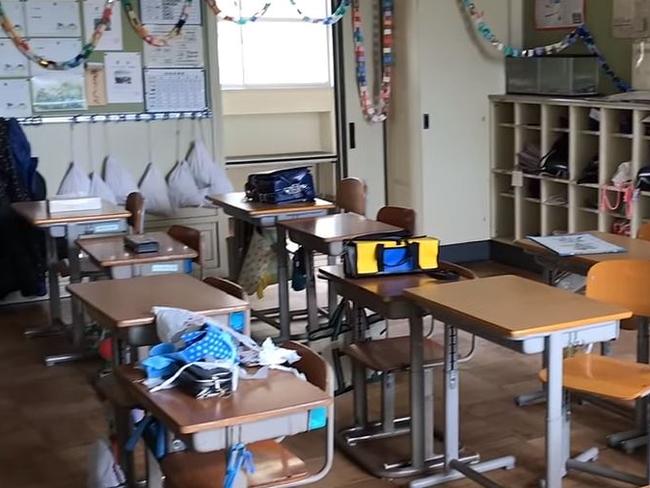
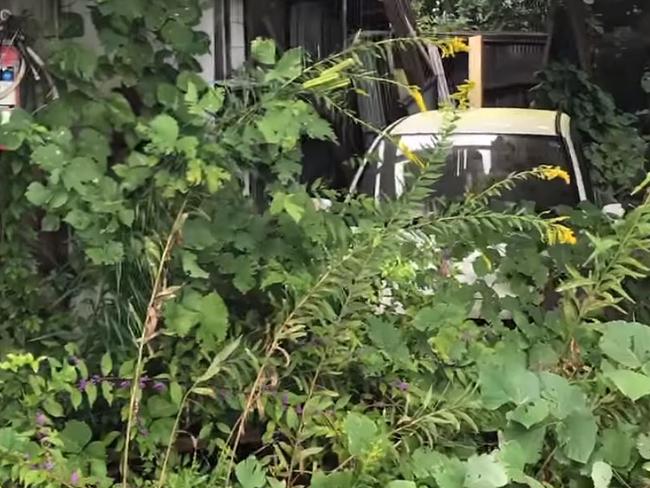
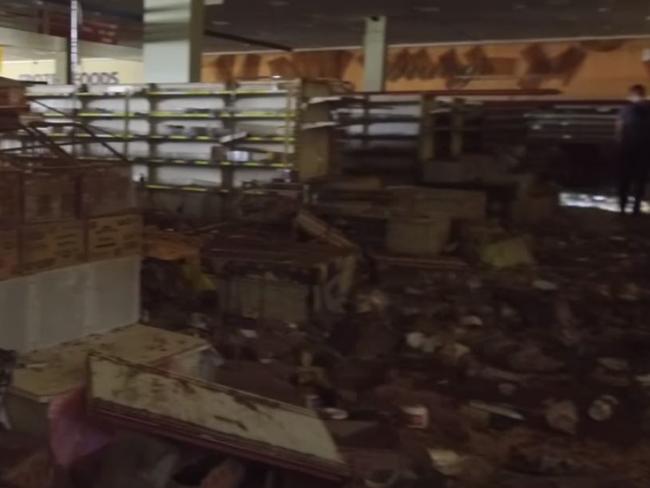
The duo travel inside the no-go zone and their footage starkly illustrates the fear evacuees must have felt as they literally dropped everything and ran for their lives.
They enter school classrooms with books and pens still on desks and bags left lying on the floor. In many houses they enter they are confronted by calendars that still mark the day of the disaster, March 11, as time appears to stand still.
Police guard the entry to the red zone but the pair work their way beyond that and document the dangerous levels of radiation that continue to have an impact on the area.
Cigarettes still sit on the shelves of supermarkets, books still sit on the shelves of stores, cars sit parked on the street surrounded by weeds and a golf range is overcome by the elements. And there is no human activity anywhere.
It is a bizarre look into an oft-imagined post-apocalyptic world.
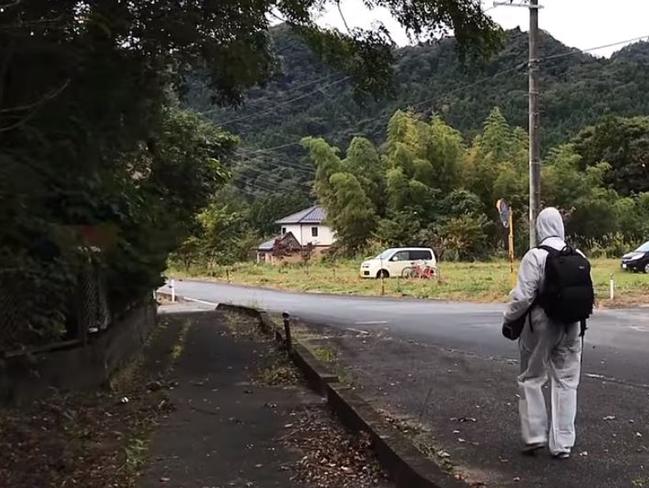
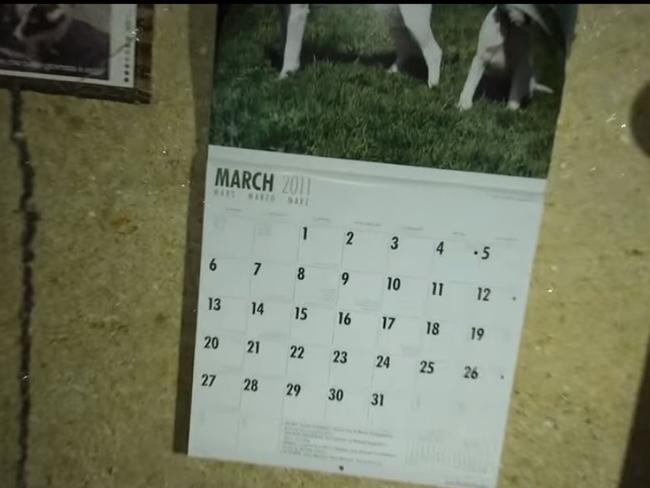
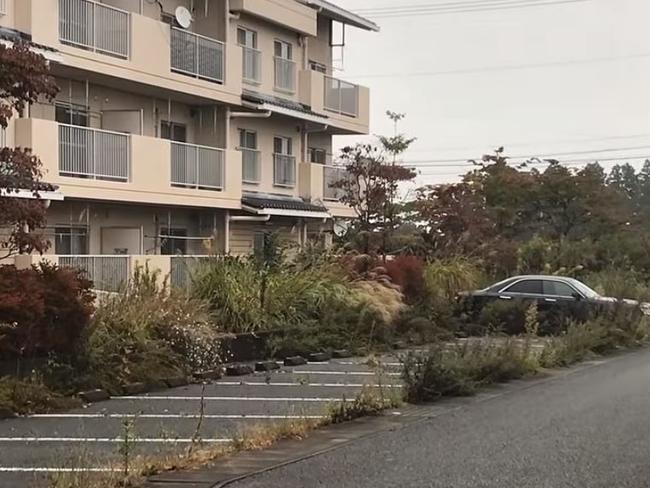
After the 9.0 Tohoku earthquake hit the region the nuclear reactors on the Fukushima plant automatically shut down. However the tsunami that resulted from the earthquake disabled the emergency generators that were meant to provide power to cool those reactors.
As a result inadequate cooling led to three nuclear meltdowns and the release of radioactive material for four days.
Around 300,000 people fled the surrounding area, most of them have never returned. Approximately 1600 deaths were attributed to the subsequent evacuation conditions.
No deaths have been directly linked to radiation due to the accident, however as many as 640 people are expected to die from cancer deaths due to radiation exposure after the event.
It was the biggest nuclear disaster since the Chernobyl catastrophe in 1986.
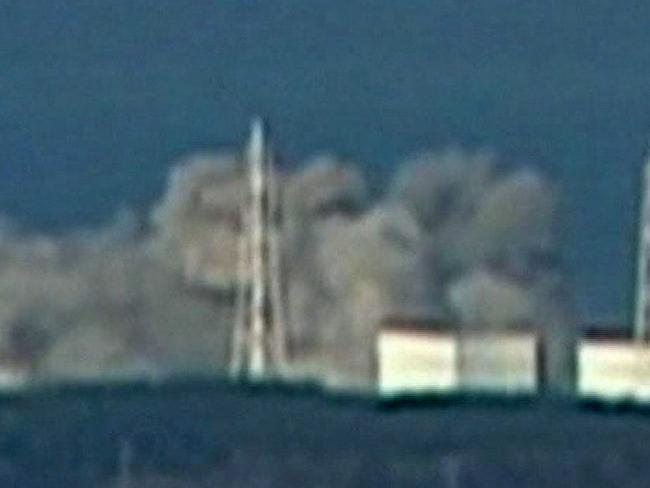
FUKUSHIMA’S ‘RADIOACTIVE’ BOARS
Earlier this year Fukushima authorities were forced to cull countless “radioactive” boars after the feral creatures moved into towns deserted after the 2011 disaster.
Hundreds of wild boars were roaming across northern Japan since the meltdown incident.
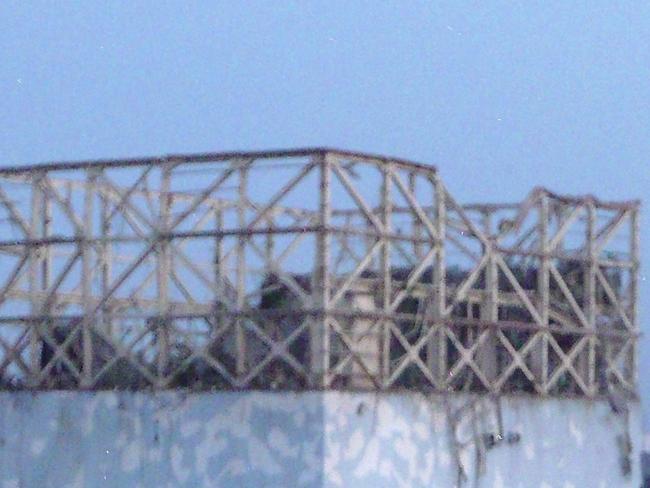
Wild boar meat is a delicacy in the region but animals slaughtered since the disaster are too contaminated to eat. According to tests conducted by the Japanese government, some of the boars have shown levels of radioactive element caesium-137 that are 300 times higher than safety standards, the New York Times reported.
One of the most affected areas is the seaside town of Namie, where scores of the toxic beasts descended from surrounding hills and forests to forage for food in empty streets and overgrown backyards.
But their reign will soon be over as former residents prepare to return at the end of this month, when Japan is expected to lift evacuation orders for parts of the town, which is located just four kilometres from the wrecked nuclear plant.
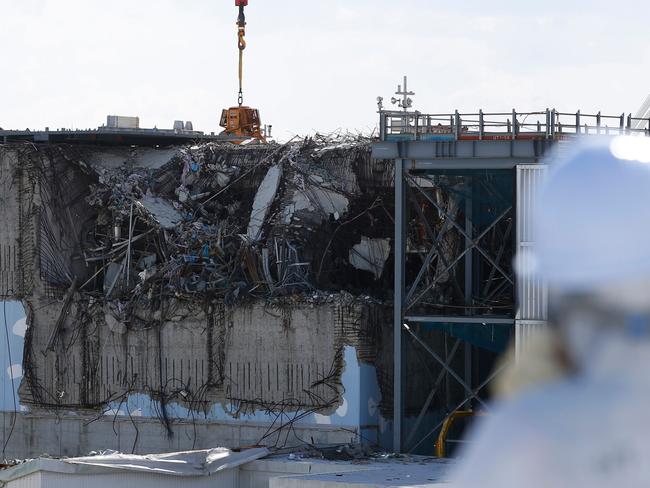
Fearing attacks on returnees, officials have started to cull the animals, some of which have settled comfortably in abandoned homes and have reportedly lost their shyness to humans.
“It is not really clear now which is the master of the town — people or wild boars,” Namie Mayor Tamotsu Baba told Reuters.
“If we don’t get rid of them and turn this into a human-led town, the situation will get even wilder and uninhabitable.”




